
When Associated Press photographer David Guttenfelder first gained unprecedented access to North Korea in 2011, he used his iPhone to document daily life in the isolated, ultra-secretive state. His pictures then and in the years since have brought him attention well beyond the photojournalism sphere—he was named TIME’s Instagram Photographer of the Year in 2013—and have made him a sought-after photographer, working on commissions for publications like National Geographic and the New York Times Magazine.
But one fact about Guttenfelder’s work in North Korea remains little known. For the past year, he’s been using the geo-tagging features of Instagram and Foursquare to create an unprecedented map of restaurants, hotels, train stations, schools and bowling alleys, visually charting entire neighborhoods and cities previously unseen through Western eyes. “There was no independent record of the place before,” the 45-year-old Iowa native tells TIME. “In the last three years, [the AP and I] have built something that’s bigger than any of us.”
It’s only fitting that, as Guttenfelder leaves AP after a 20-year career at the agency, National Geographic, an organization founded 126 years ago “to increase and diffuse geographic knowledge,” would name Guttenfelder one of its new explorers.
Last month, National Geographic announced the launch of its Photography Fellows program, which will see four photographers—Lynn Johnson, Cory Richards, Brian Skerry and Guttenfelder—share their visual expertise and storytelling knowledge with the public while producing new photographic projects “to illuminate, teach, and inspire the world at large,” the organization says.
“This is the first time that they’ve had photography fellows,” says Guttenfelder. “One of the first projects I’ll be working on will be with [celebrated wildlife photographer] Nick Nichols and Cory Richards. We’ll be documenting the Yellowstone National Park ecosystem, and my role will be to focus on local issues and people. Soon, I’ll be in Cody, Wyoming, photographing Harley Davidson bikers and wild bison”—a far cry from the conflicts, wars and natural disasters he covered in his two decades at AP.
“After all this time at AP, it was only natural to try something new,” says Guttenfelder. “Our industry is changing a lot and it’s exciting and confusing at the same time. But there are a lot of innovations happening, and I’d been thinking for a while that I’d like to test myself in this new world. After 20 years, I thought I’d give the second half of my career a try.”
Born in Iowa in 1969, Guttenfelder always sought to see the world. “I wanted to see things for myself, and photography was one way I could do it,” he says. While at university, he moved to Tanzania as an exchange student to learn Swahili. “I started photographing then and when I came home I worked for a very small newspaper covering high school sports. I was in my early 20s and I had a new sense of purpose, so I quit and moved to Africa [in 1994] for what I thought would be a few weeks or a few months.”
He spent the following 20 years outside of the U.S., visiting his native country only when on assignment or when meeting with photo editors.

Guttenfelder has worked in 75 countries, finding a home in Kenya, Ivory Coast, India, Israel and Japan. He’s covered the wars in Iraq and Afghanistan; the aftermaths of the 2011 tsunami in Japan and the 2013 Typhoon Haiyan in the Philippines; and the atrocities of the Rwandan genocide.
“I see the last 20 years as sort of big chunks,” he tells TIME. “In Africa, I was so young and fearless and tenacious. I had so much energy. Then, Iraq and Afghanistan, which I took very seriously. I became obsessed with Afghanistan and it has defined a lot of what I did in the post-9/11 world.”
During his years at AP, Guttenfelder’s won seven World Press Photo prizes, the Overseas Press Club of America John Faber and Olivier Rebbot awards and the 2013 International Center of Photography Infinity Prize for photojournalism. “AP gave me a front-row seat to so many world-changing events,” he explains. “They trusted my point of view and I don’t regret any of it. What AP does is so important. And it’s such an incredible family. Anywhere you land, there’s an AP bureau.”
When asked who’s influenced him the most in his career, he says the list is too long to recount. “But, early on, there’s a photographer who’s still with AP today—Ricardo Mazalán. He had a huge impact on me. He taught me what the purpose of an AP photographer is.” There are also the countless writers he’s worked with, including Tim Sullivan [AP’s Asia Correspondent]. Even more importantly, he says, there are the local photographers. “AP has photographers in Gaza, living the story. I’d go there as an outsider; it was always a story for me, no matter how important it was. AP has these people who live it. They work 365 days a year in that environment. When you show up, they take you under their wings. They are so street-smart and generous. Those kind of people—and they are everywhere at AP—those are the people that impacted my career and helped me the most.”
In June 2011, Guttenfelder helped create AP’s first bureau in Pyongyang, North Korea—a first for a Western news wire. “I’m very proud of what we achieved there,” he says. “We were the first to try it and we had no idea how it would go. It was a very unorthodox experiment that succeeded beyond all our expectations.”
This success is due, in no small part, to Guttenfelder’s use of Instagram, which allowed him to offer a behind-the-curtain look at the secluded, fascinating country. In turn, the photographer’s popularity on the image-sharing platform changed Guttenfelder’s views on the medium. “When I talk about innovation and a new environment in photography, the iPhone is a good example. I started using my phone in Afghanistan in 2010. In North Korea, it really opened my eyes to how powerful it could be to help me communicate with people.”
Guttenfelder won’t abandon his phone when at National Geographic. “It’s going to be a major part of the work I’ll be doing for them, and I have other plans coming up, as well.”
In the meantime, Guttenfelder is settling back in the U.S. with his family. “I’ve been on the road for 11 months a year for 20 years,” he explains when asked how he maintains a healthy balance between his personal and professional lives. “It’s very hard. It’s not an easy life at all. I think when a photographer decides to do this—especially to do it the way that I’ve done it—it’s not a simple decision. It has consumed my life. For many years, I thought I had two lives: one when I was away and one when I came home. It was hard to bridge the two.
“I say every year that I’m going to find better balance, but . . . I know I’m definitely not going to stop or ignore the stories and issues I’ve been working on all along. I’m going to have to struggle with finding balance in my life.”
Still, as Guttenfelder embarks on the second act in his photographic career, he remains hopeful. “I think this new experience will give me more time to dig a little deeper and approach things in a different way, which might give me more time and balance.”
David Guttenfelder is a freelance photographer and National Geographic fellow. In December 2013, he was named TIME’s Instagram Photographer of the Year.
Olivier Laurent is the editor of TIME LightBox. Follow him on Twitter and Instagram @olivierclaurent.
Mikko Takkunen is an Associate Photo Editor at TIME.com.
Correction: An earlier version of this story misstated David Guttenfelder’s birthplace.
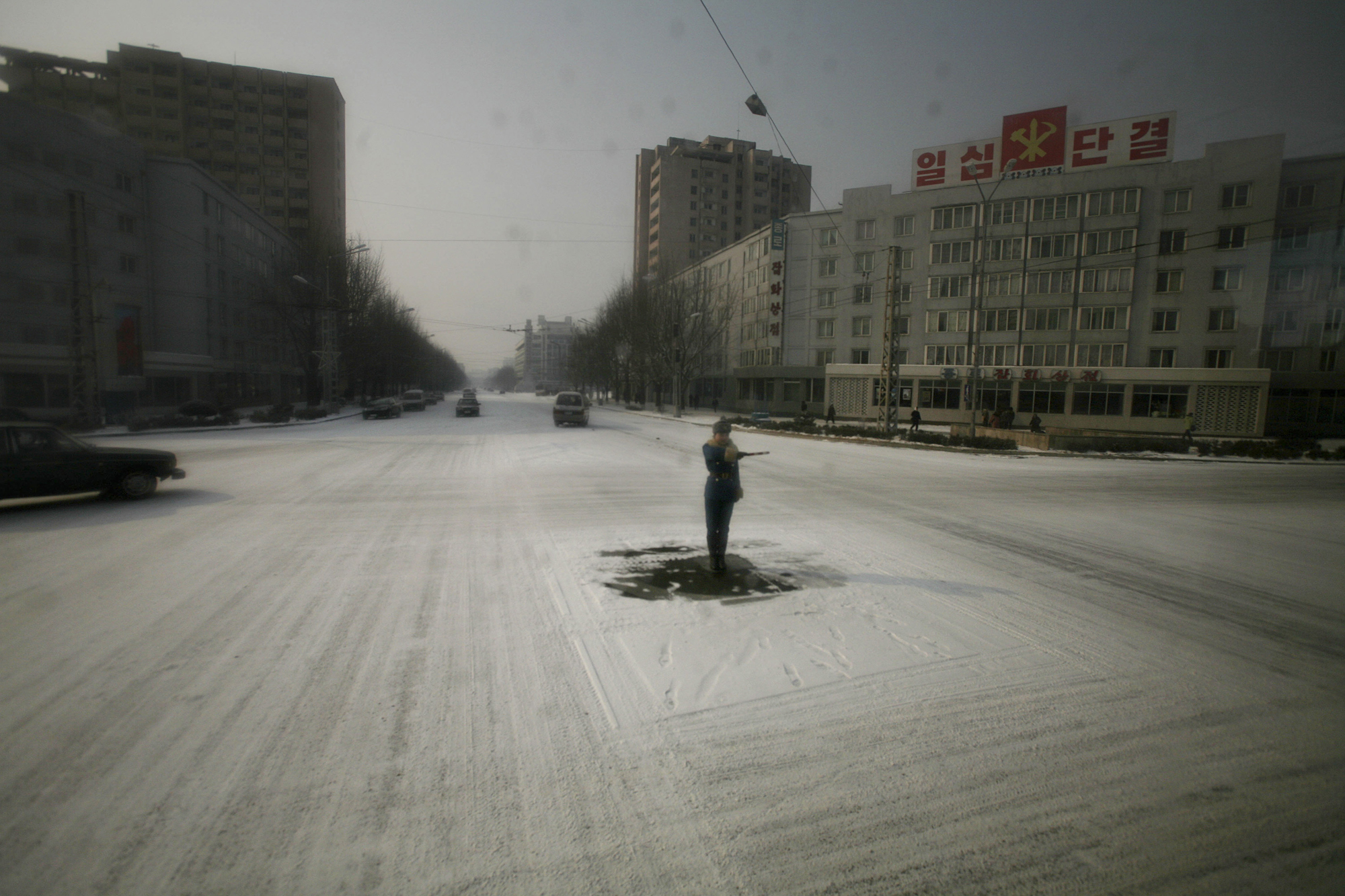

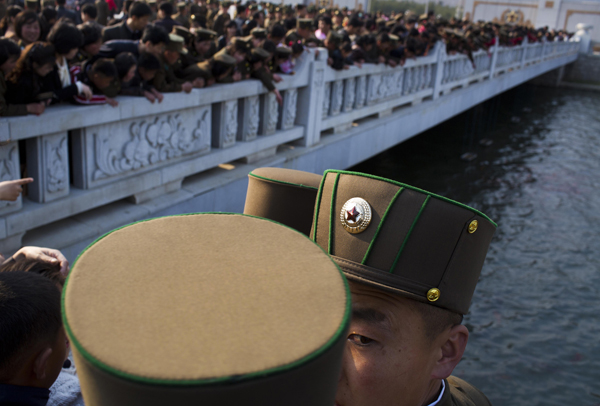
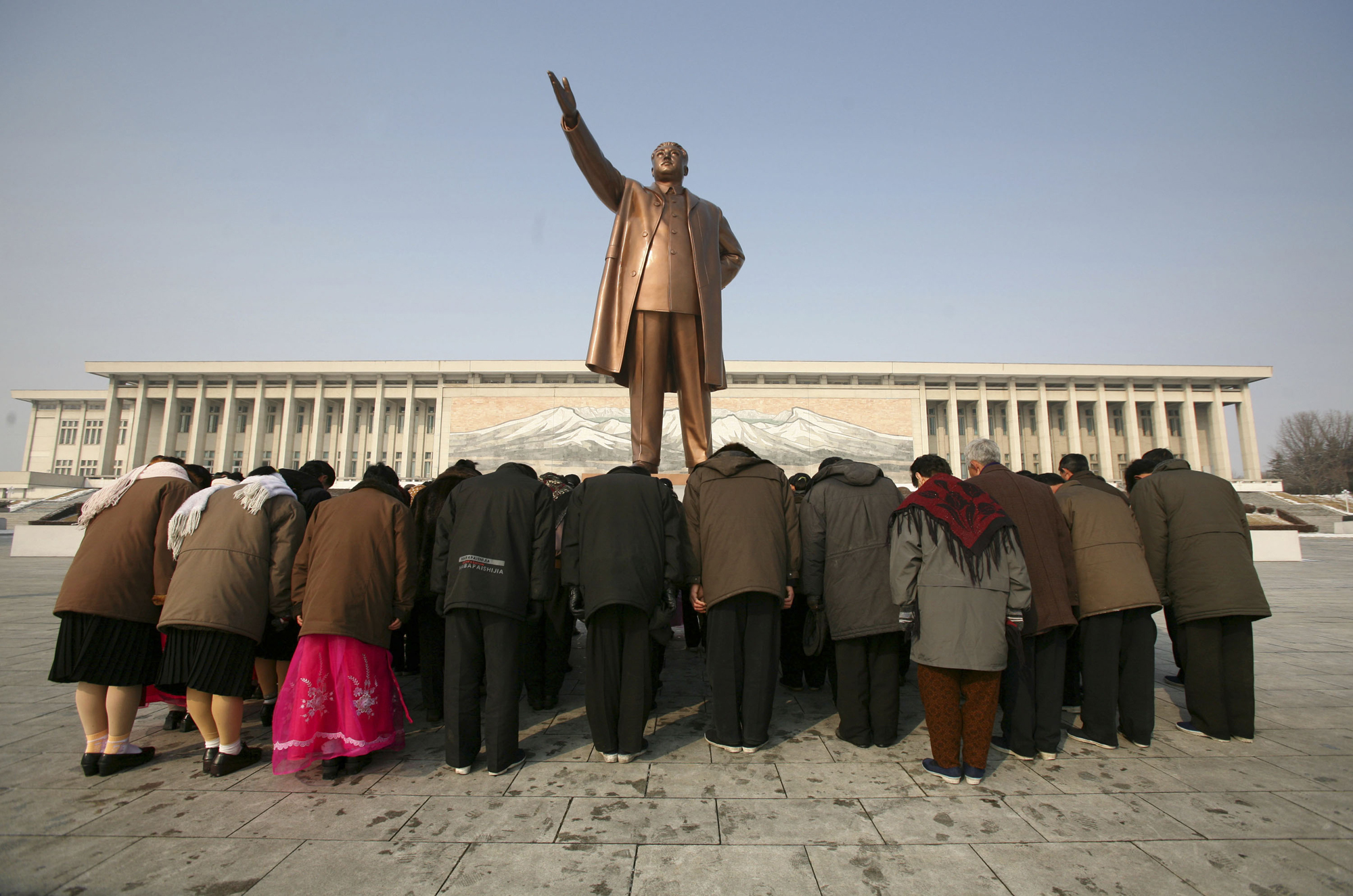

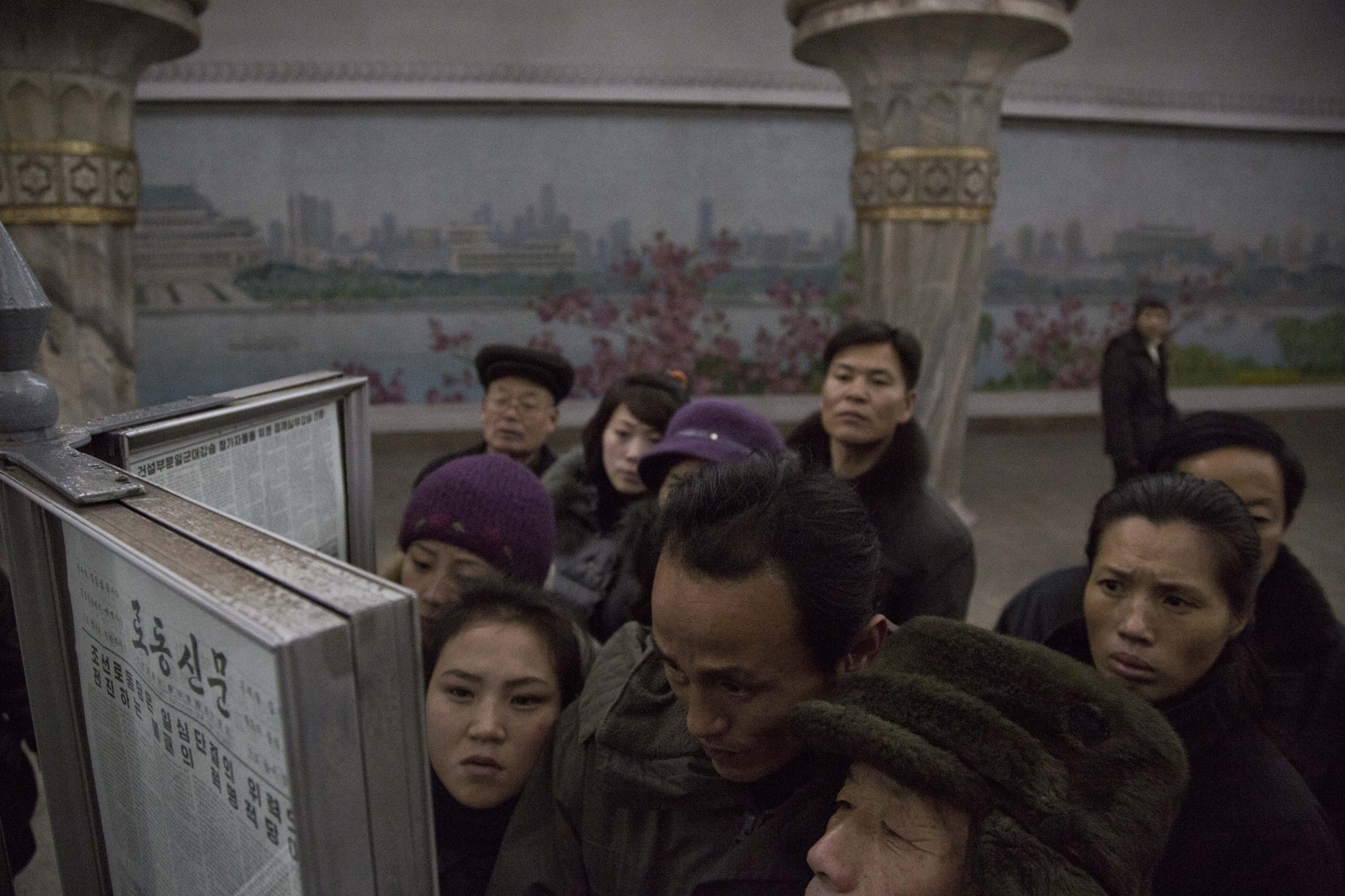
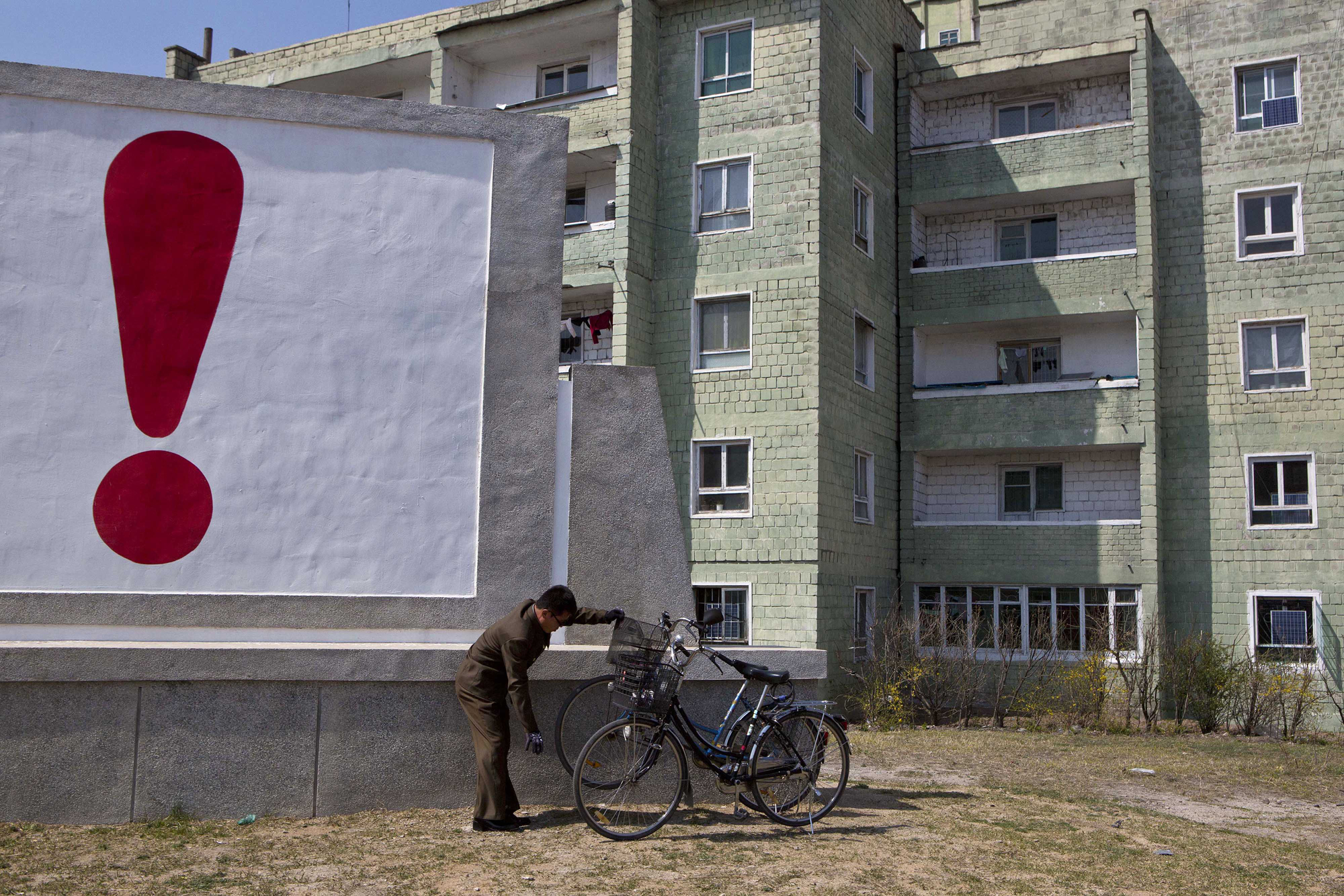

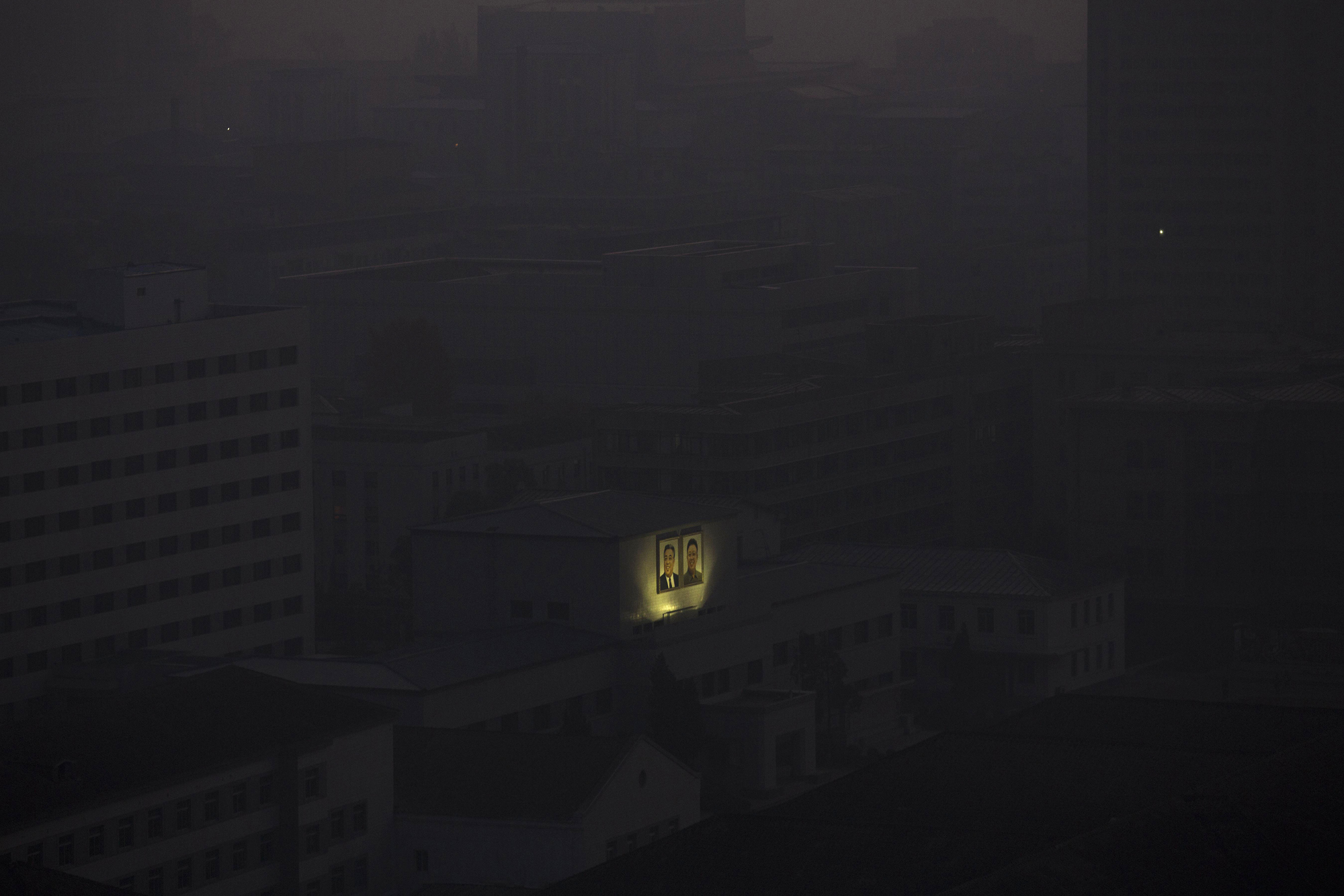
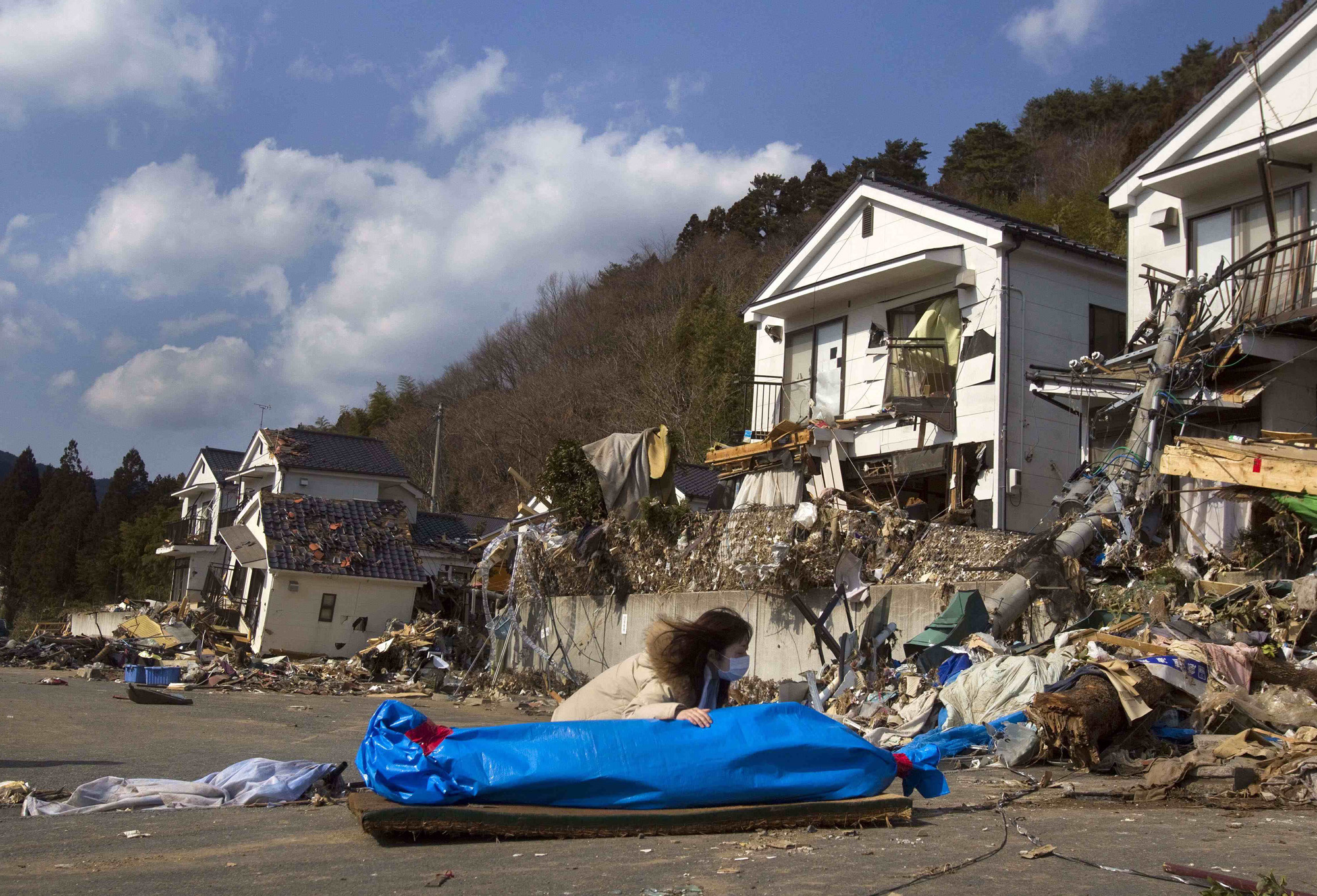




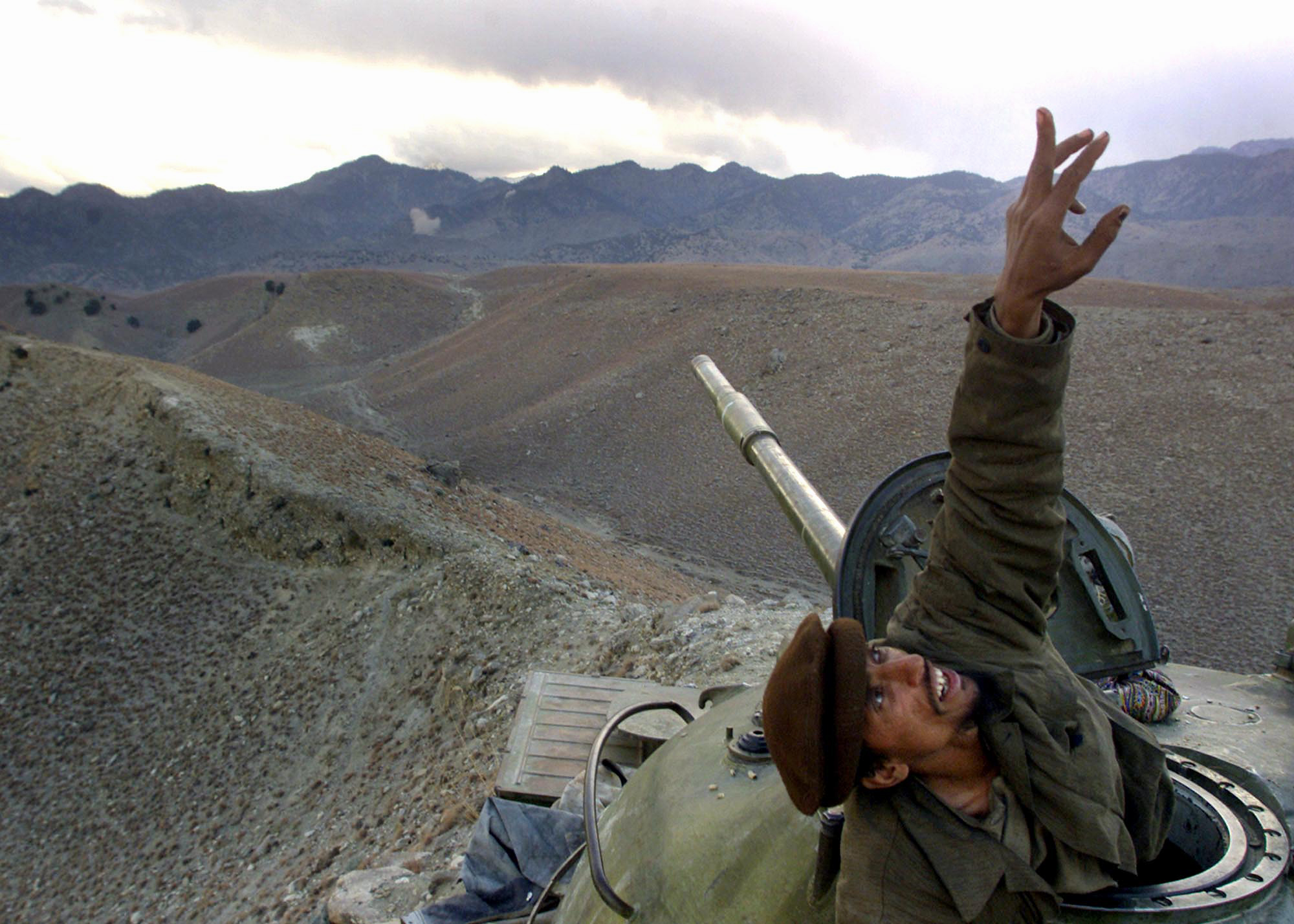
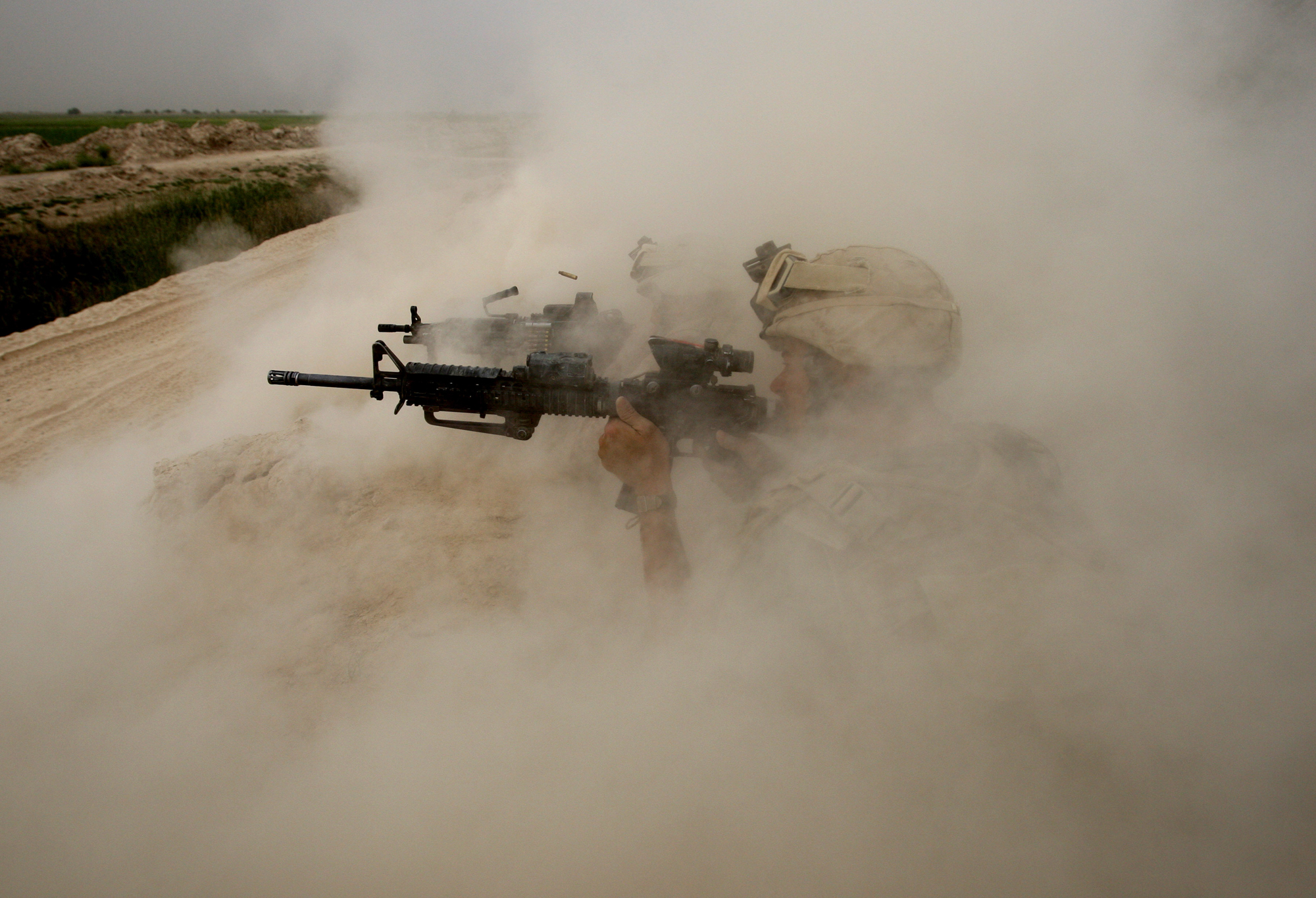
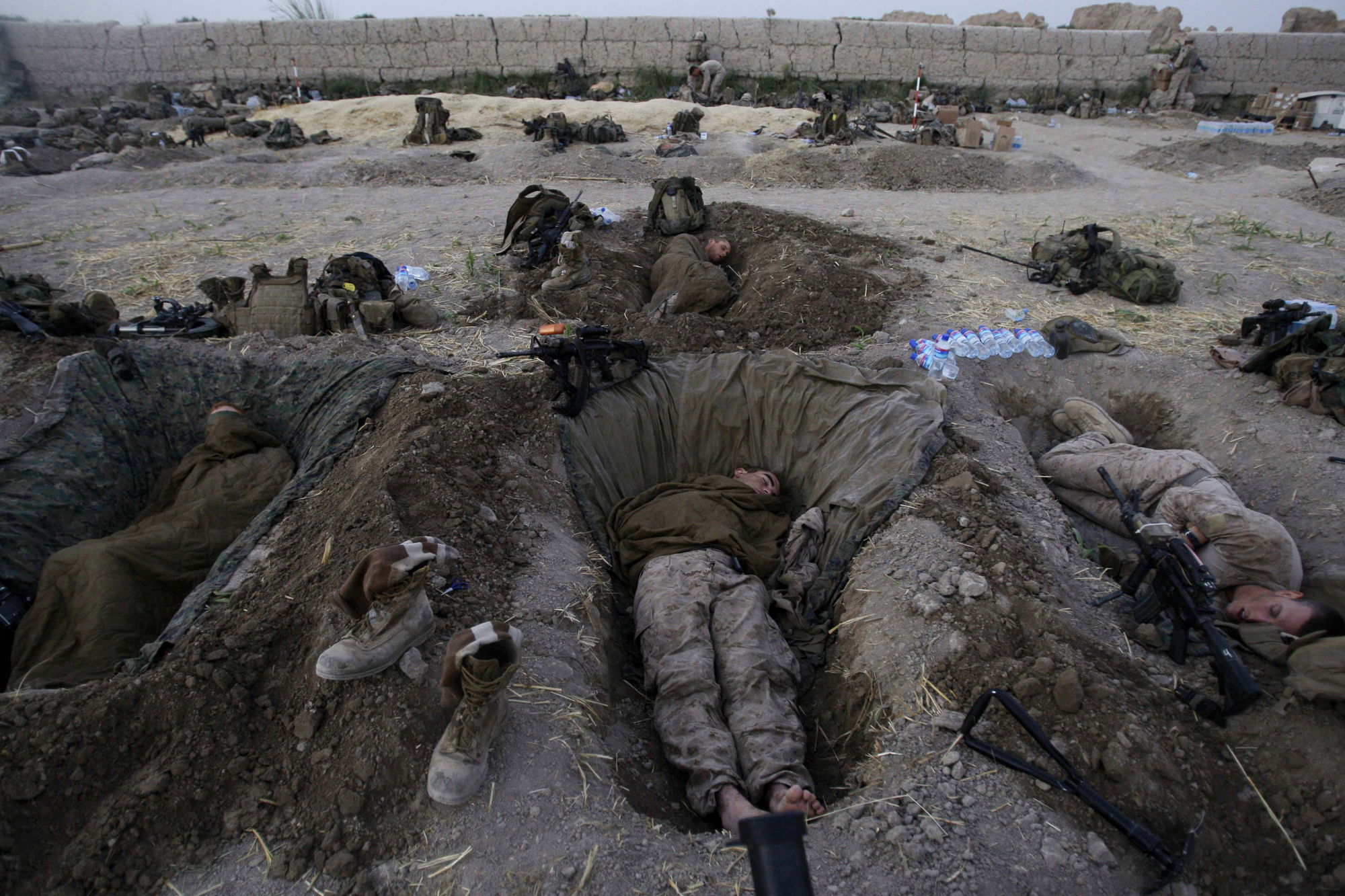

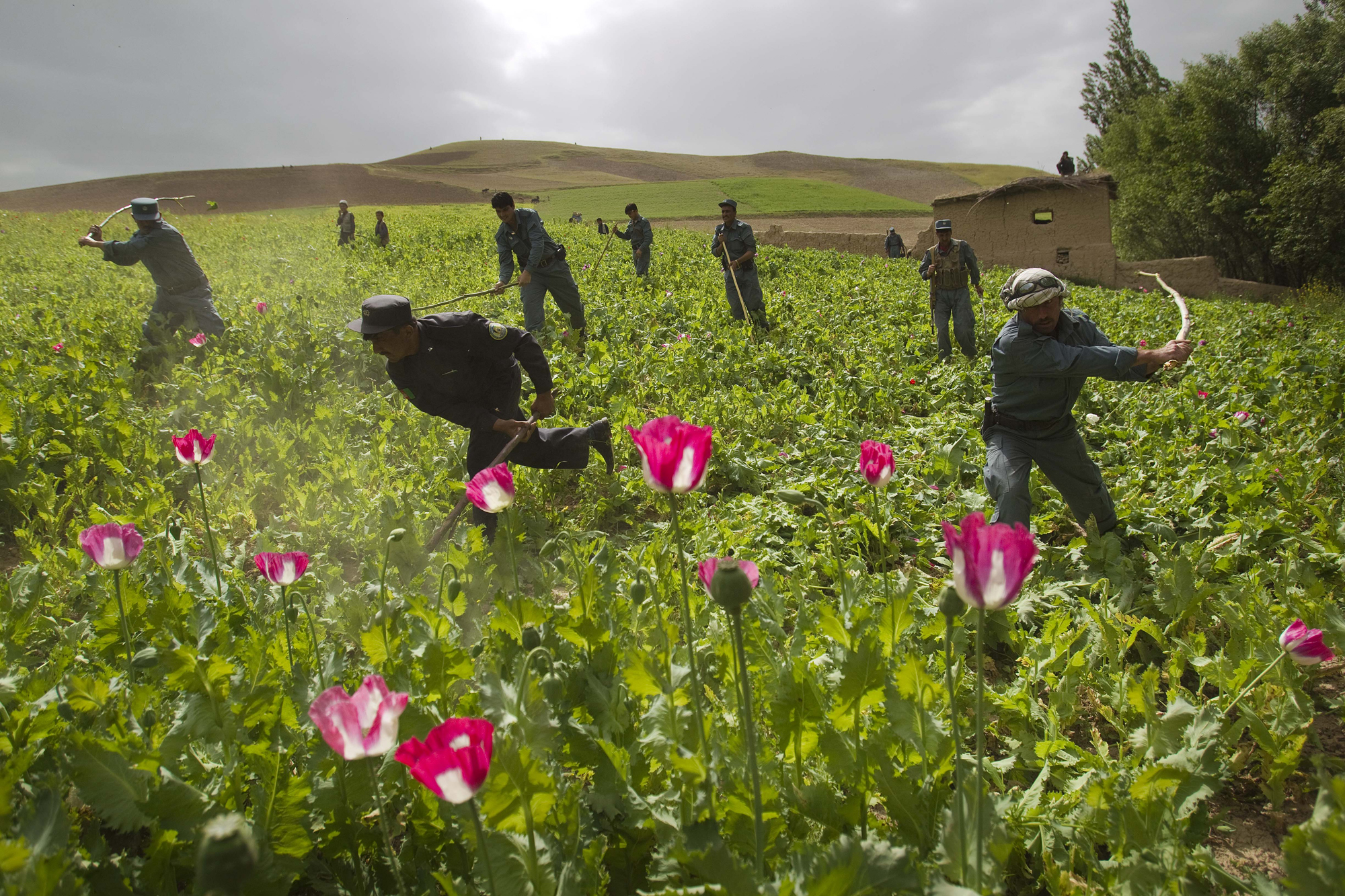

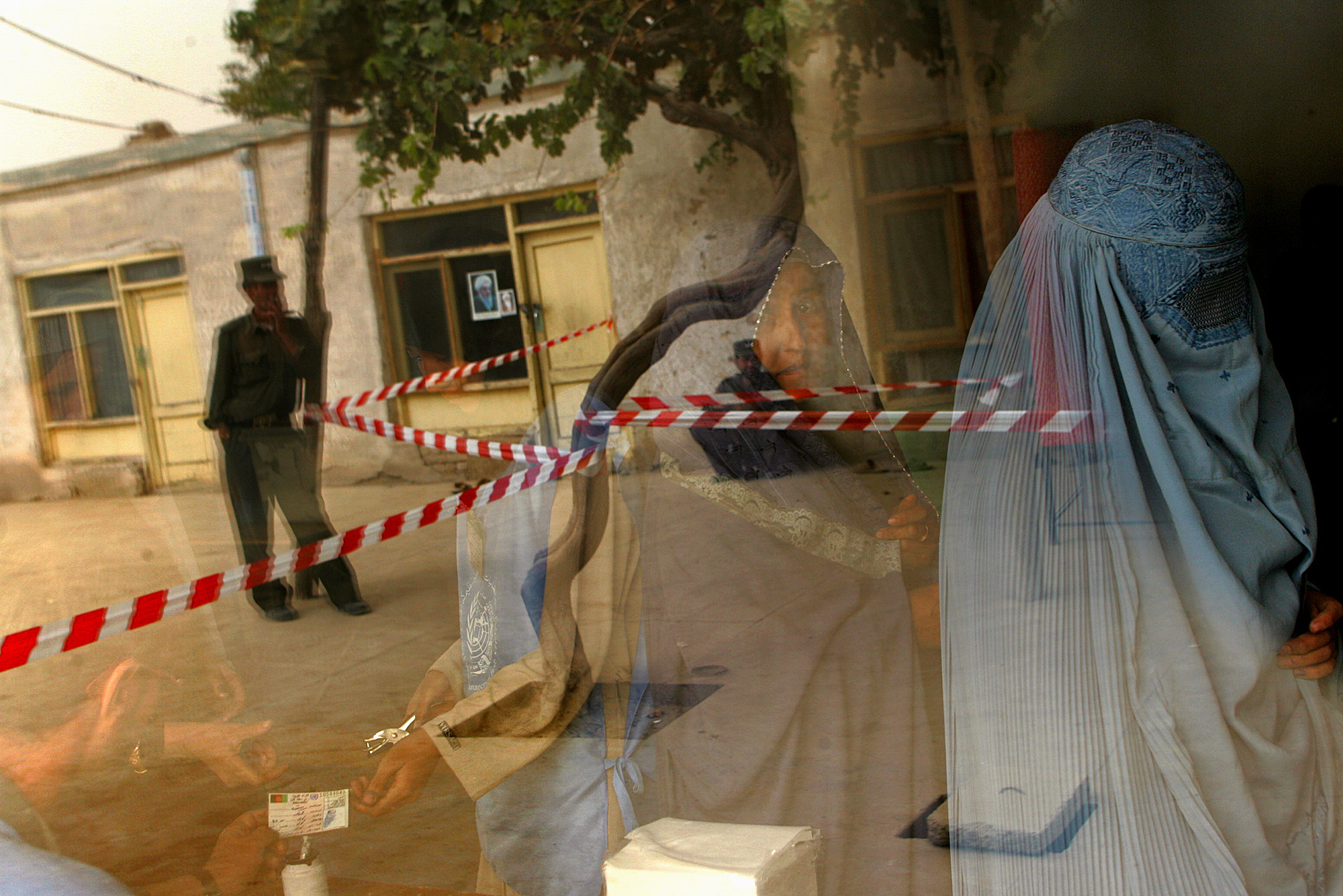
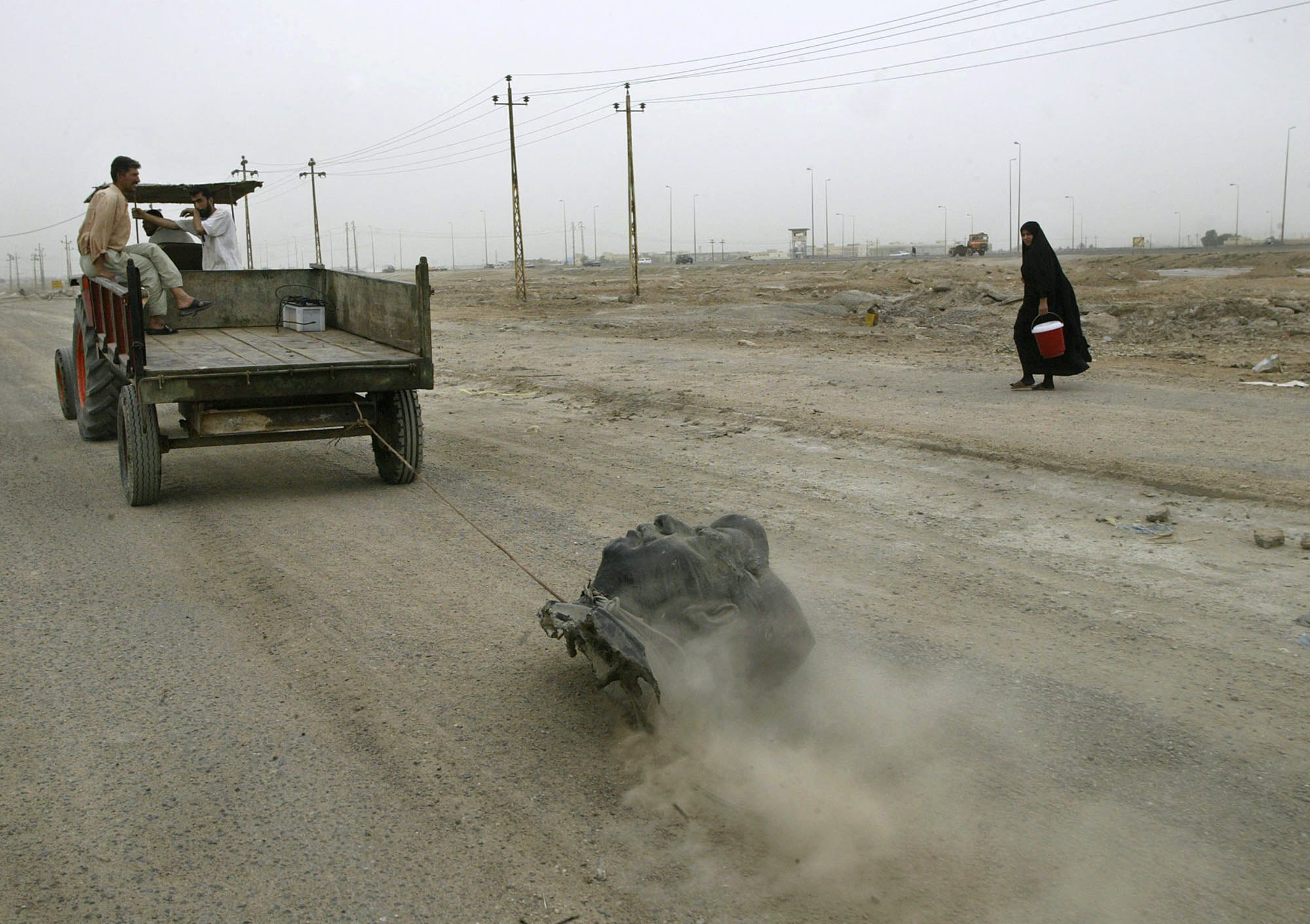
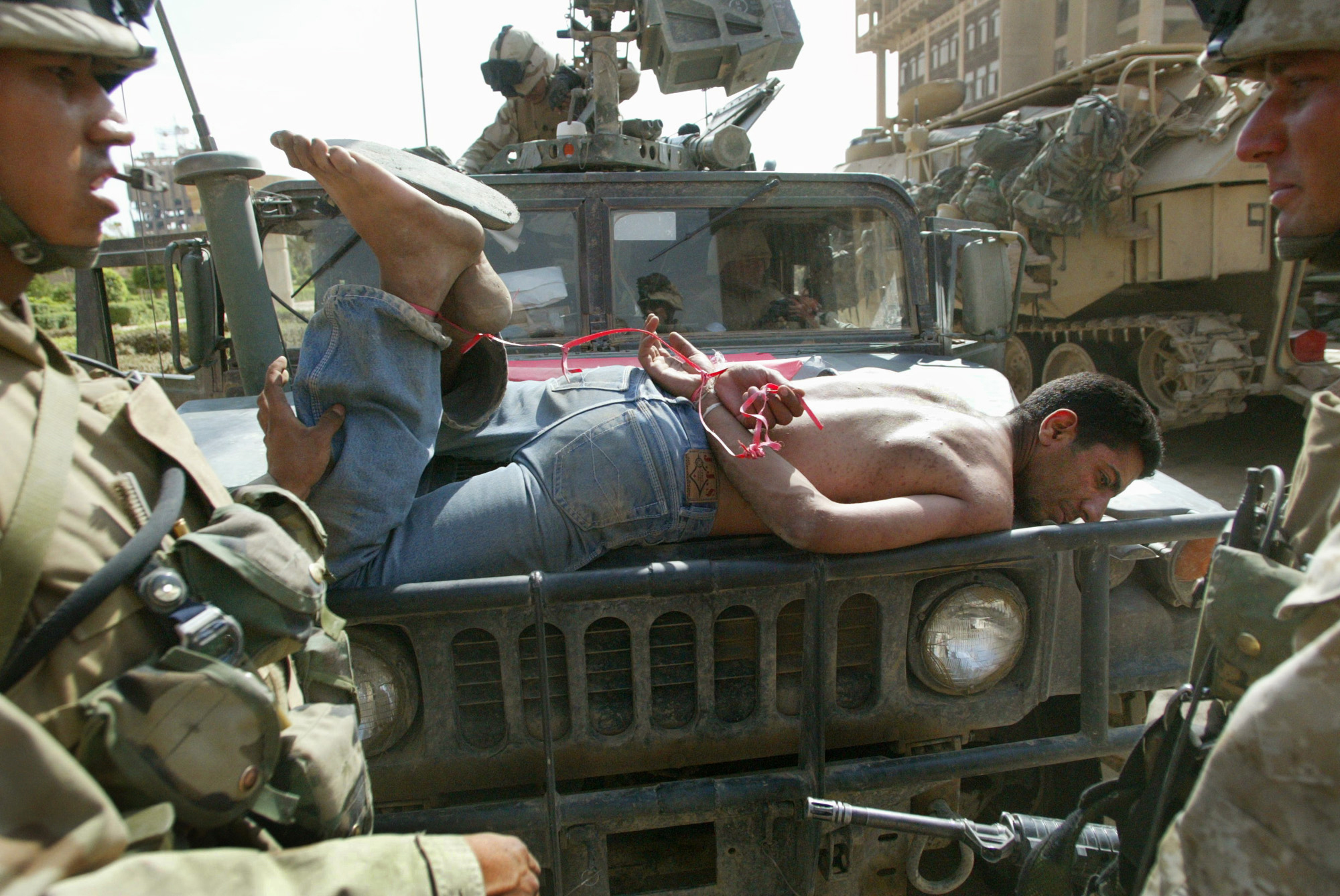

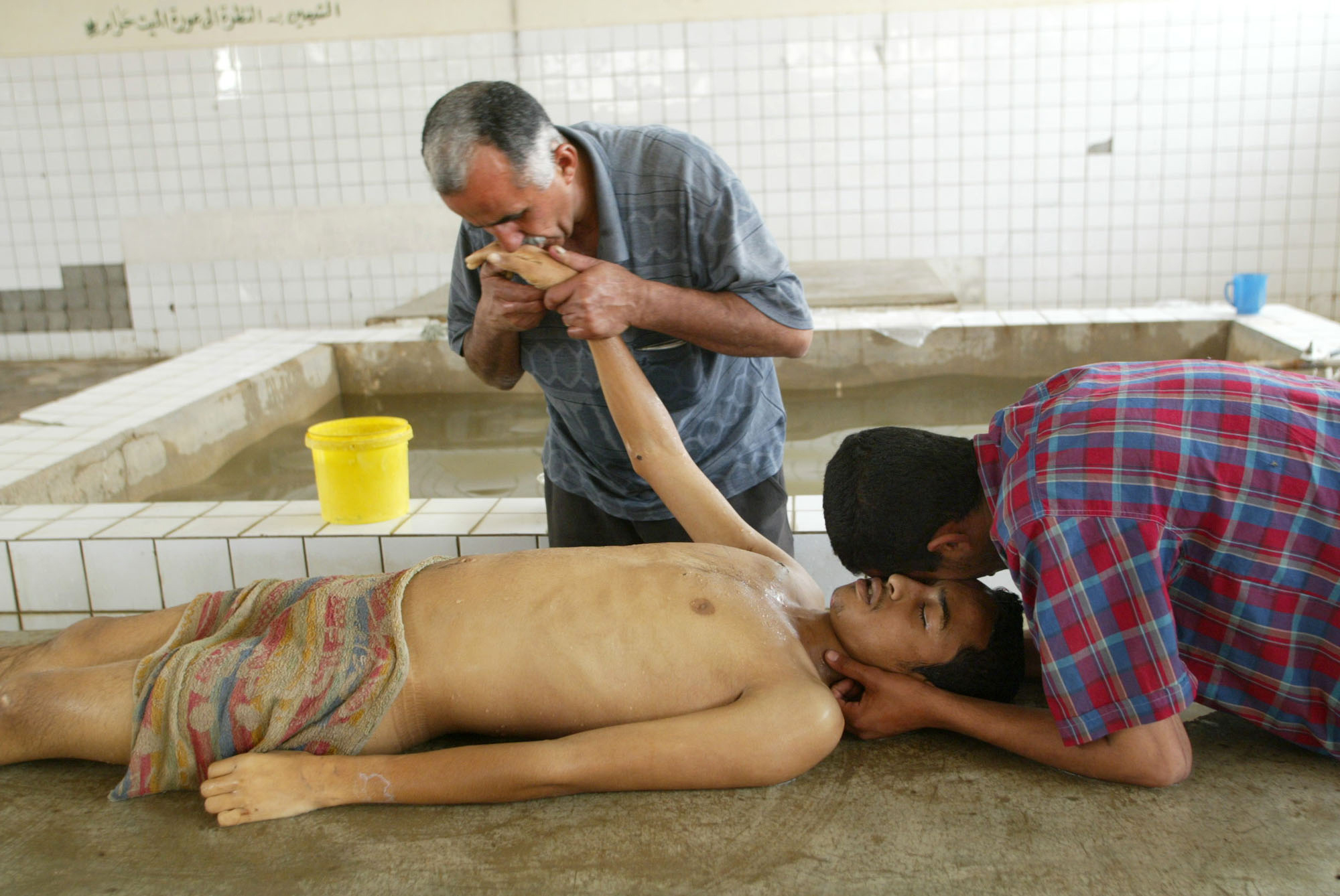


More Must-Reads from TIME
- How Donald Trump Won
- The Best Inventions of 2024
- Why Sleep Is the Key to Living Longer
- Robert Zemeckis Just Wants to Move You
- How to Break 8 Toxic Communication Habits
- Nicola Coughlan Bet on Herself—And Won
- Why Vinegar Is So Good for You
- Meet TIME's Newest Class of Next Generation Leaders
Contact us at letters@time.com